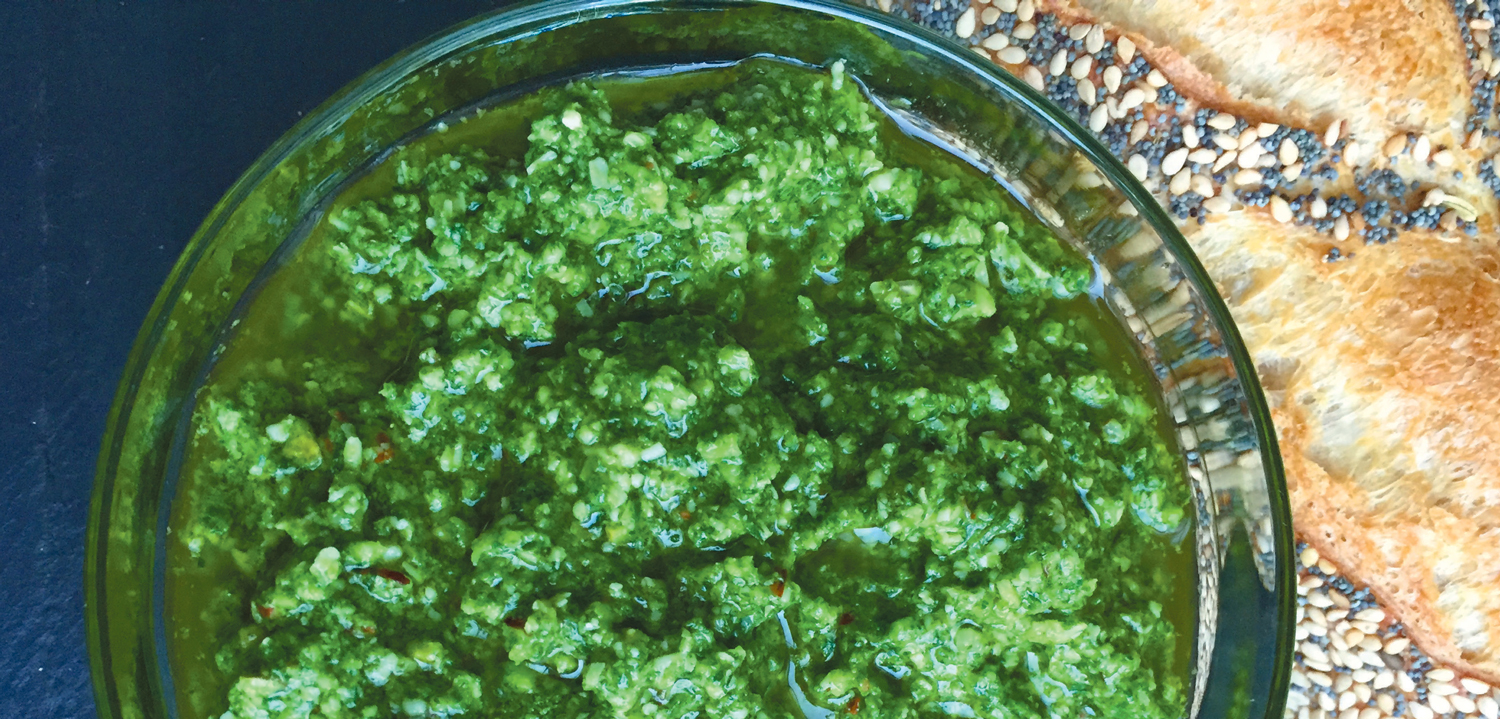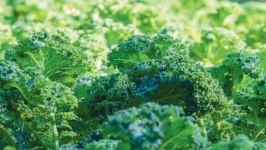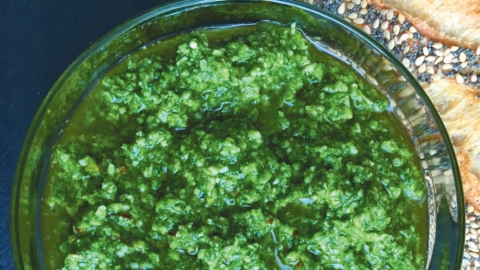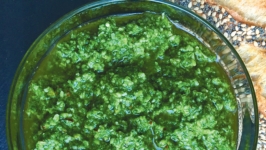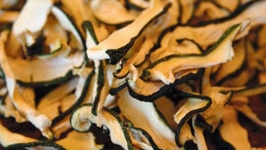Arugula: A Stepping-Stone to Healthy Eating
It is entirely possible that you love arugula, and if that is the case, I don't need to further convince you. But if you have never tried this punchy green, there are more than enough reasons to do so! Arugula is a salad green that provides Vitamin A, Vitamin C, Vitamin K, Calcium, Magnesium, Riboflavin, Copper, Iron, Zinc, Folate, and Potassium, and 100 grams of arugula accounts for a meager 25 calories! The little lobed-leafed green is also a great source of antioxidants, which work to strengthen our bodies against simple illnesses and even more complex problems. Arugula also contains carotenoids, which work to improve eyesight. Are you convinced yet?
The small-leafed plant is also known as salad rocket, roquette, Italian cress, and racola and is a member of the Brassicaceae or Mustard family. The group includes broccoli, Brussels sprouts, cabbage, mustard, radish, and collard greens. This versatile plant was brought to America by British colonists but didn't gain popularity until the 1990s. Arugula is available year round at grocery stores and may be found wrapped in bunches with the roots still attached or in cellophane packaging labeled "Baby Arugula." Look for smaller leaves, as they tend to be milder in flavor. Those that are left on the plant for too long become bitter in taste. Keep in mind that arugula has a peppery flavor with a trace of nuts and mustard, so if you are an iceberg lettuce fan, it may give your taste buds a tangy surprise. I usually mix the arugula with other salad greens to lend a hint of gusto to my leafy creations.
When shopping for arugula, try to avoid packaged products that contain flowers that are still attached to the stems, as their leaves can be tough and bitter. It should be noted that the flowers, pods, and seeds are all edible. Before putting arugula into your refrigerator's vegetable bin, be sure to sort through the leaves, throwing out those that are yellow, wilted, or bruised. The vegetable bin should be set at high humidity. The greens are at their best if used within three to four days of purchase.
It is always wise to thoroughly wash your greens before using. Place the leaves in a container of cold water and swish back and forth to get rid of any sand and dirt. If the roots are still attached, be certain to trim the stems. Make sure to drain well and gently pat dry.
Arugula is considered a vegetable when it is cooked and an herb if used in small amounts to flavor salads, meats, or pasta sauce. The greens can be used to liven up soups, stews, casseroles, juices, salads, or just simply as a vegetable. Remember, the leaves tend to sauté faster than kale and collard greens. I love to sprinkle a little chopped arugula on the top of my baked potato or pizza just before serving! Its pungent flavor makes this herb a delightful additive to raw pesto and sauces. For a flavorful alternative, slip some of the young leaves into BLT sandwiches, burgers, grilled cheese, or wraps and be prepared for rave reviews! Arugula pairs well with citrus, roasted beets, pears, pine nuts, olives, tomatoes, and certain cheeses, such as goat, blue, and Parmigiano-Reggiano.
For those who enjoy gardening, arugula is easy to grow in containers, raised box gardens, and window boxes. It does well when space is limited. The plant can reach two to three feet in height and has creamy, white, four-petaled flowers. Its leaves are ready to harvest within 40 days of planting the seeds. Too much heat causes the leaves to have a bitter flavor, which makes spring and early fall the best time for growing milder-tasting leaves. Arugula needs only three hours of sunshine a day, simplifying its growing needs. Remember to allow some of the flowers to go to seed to be used for your next planting cycle. You may pick the leaves as needed; your plants will continue to produce new ones.
Making more informed decisions about dietary choices has a trickle-down effect that impacts both health and lifestyle. In the case of arugula, with its high nutrient profile, the health benefits are impressive, proving that good things do indeed come in small packages. Healthy eating has never tasted so good!


